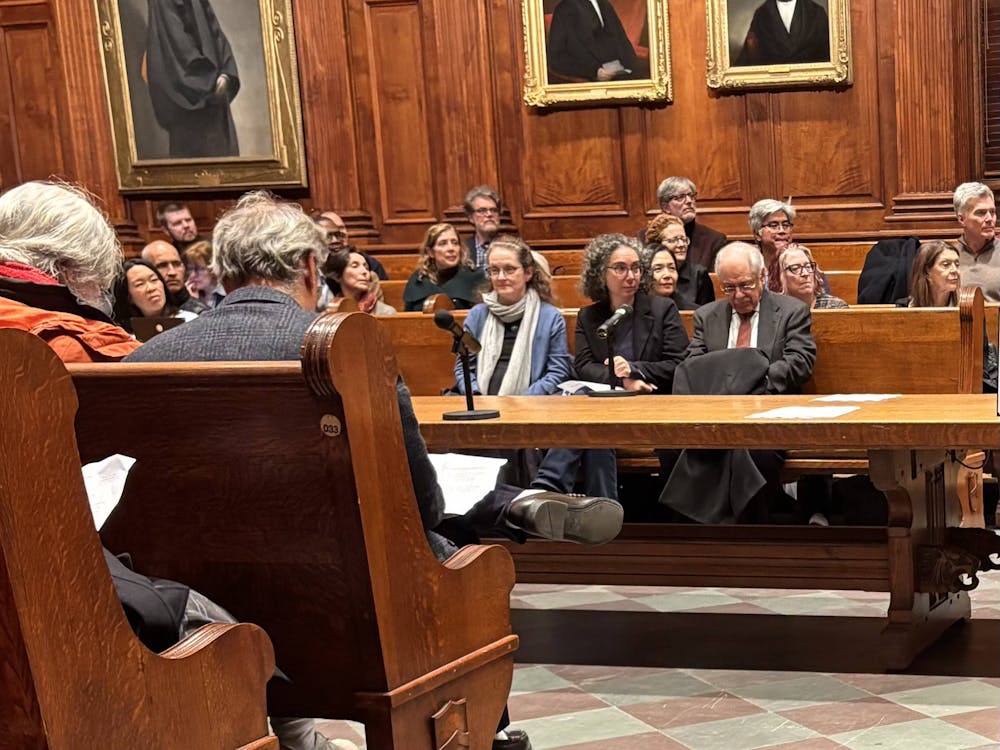As of Monday morning, members of the University community will be required to use their University ID Card to enter Firestone Library.
Previously, students and faculty had been asked to show their PUID to a security guard stationed at the front desk. The front entryway of the library is now equipped with a digital card sensor that can read students’ ID cards, similar to those on doors of residential halls.
After the sensor reads the cards, an electronic gate will open and let students and faculty into the facility.
This new security measure is one of the many changes included in the library’s long-term renovation project, which began in 2010 and is estimated to take more than a decade to complete. According to Library Construction and Communication Coordinator Peggy Kehrer, the installation of the gate is designed to make it easier to get into Firestone.
“You just pass by the sensor and go on your way,” she said. “It’ll make the traffic move much faster.”
Director of Library Finance and Administration Jeff Rowlands noted that while a security guard will still be stationed at the front desk, the new entrance will make the library “a safer, more open environment for everyone on campus.”
In addition, by the end of this week, the staff at Firestone intend to activate a new book detector system at the building’s exit. When leaving the library, visitors will pass through a detector that will scan for books that have not been checked out.
The book detection system is primarily an extra security measure as guards stationed at the exit will continue to check students’ bags, Rowlands explained. At the same time, Kehrer noted that there will be times when only one guard will need to sit at the front desk, so that other guards can be stationed elsewhere.
Eventually, however, a second book detector lane will be activated to allow students who are not carrying bags to exit the library without waiting in line.
Kehrer added that while other peer institutions have already installed similar security systems in their libraries, Firestone’s is more welcoming, noting that she has heard that Harvard’s main library does not have as large of a public area for visitors.
Rowlands added that he is happier with the appearance of the new front security desk, which he said no longer looks like a “wall.”
“It’s really opened up the lobby and made it more inviting,” he said. “And we didn’t like the look of the standard detectors used in other libraries, so we chose to encase ours in black glass.”

Sebastian Marrotta ’16 questioned the necessity of bag checking with the new addition of the detector.
“It seems kind of redundant,” he said. “It’s not an airport. They don’t need to check you twice.”
Rowlands said he understands student complaints about bag checking.
“I feel that pain,” said Rowlands, adding that the library may ultimately be able to solely rely on its new book detection system for security.
Clarification: A previous version of this article has been clarified to state that Library Construction and Communication Coordinator Peggy Kehrer has heard that Harvard's main library does not have as large of a public area for visitors.







